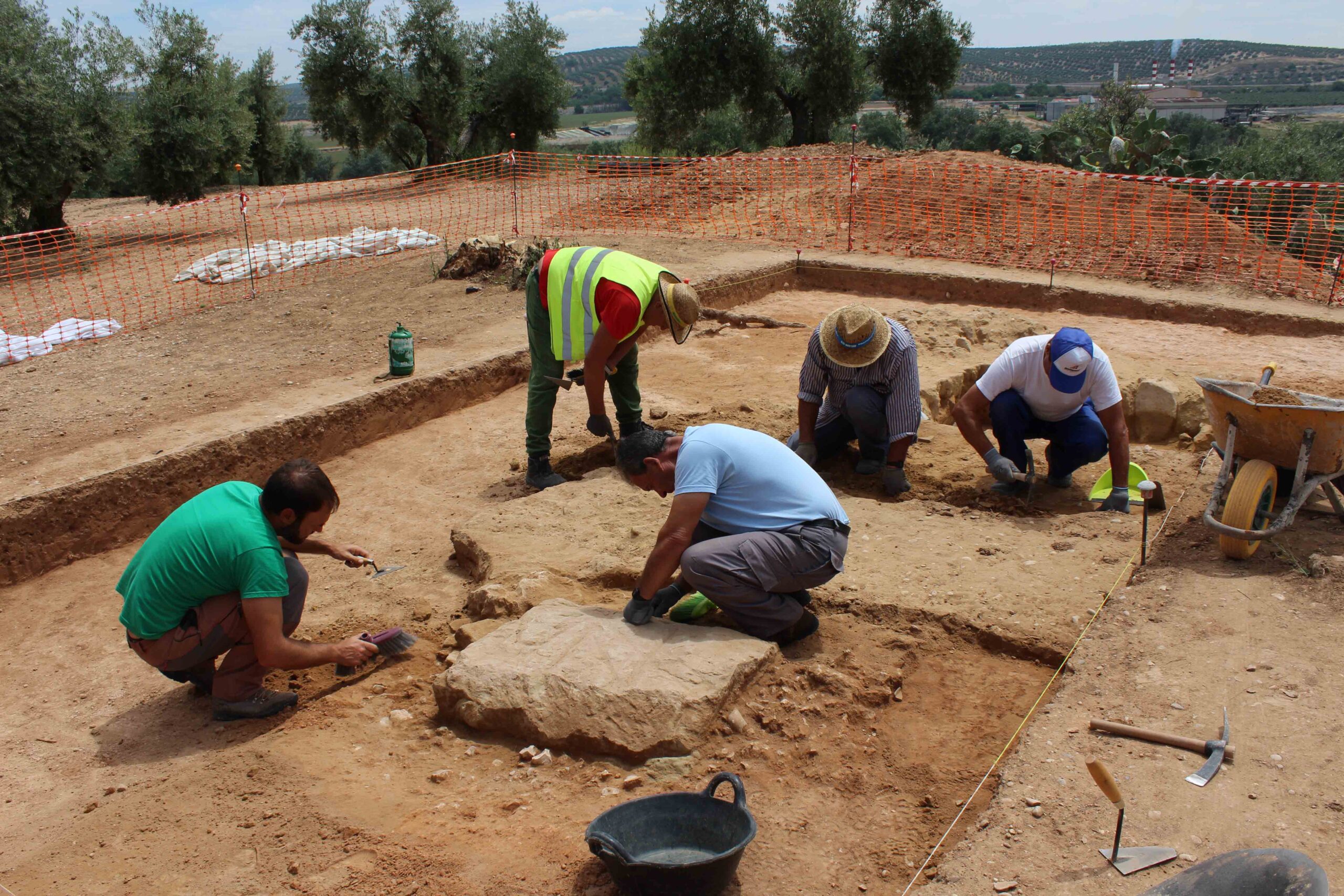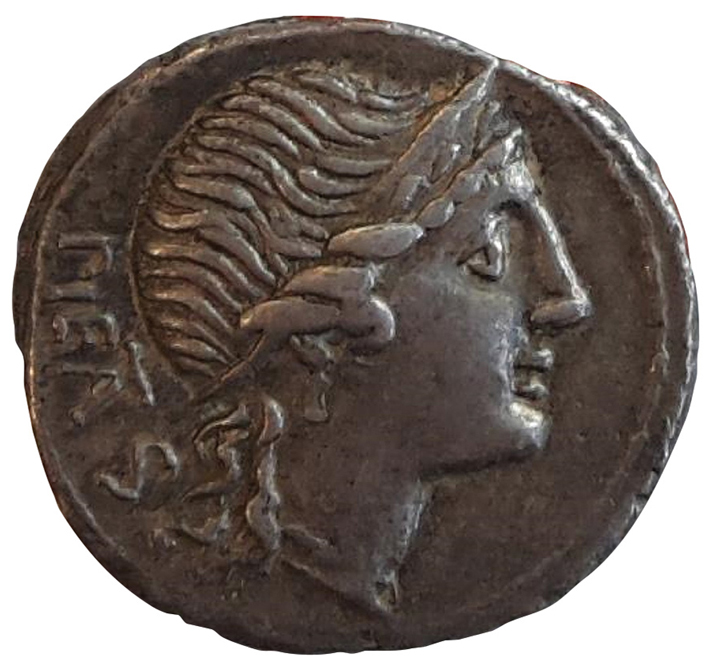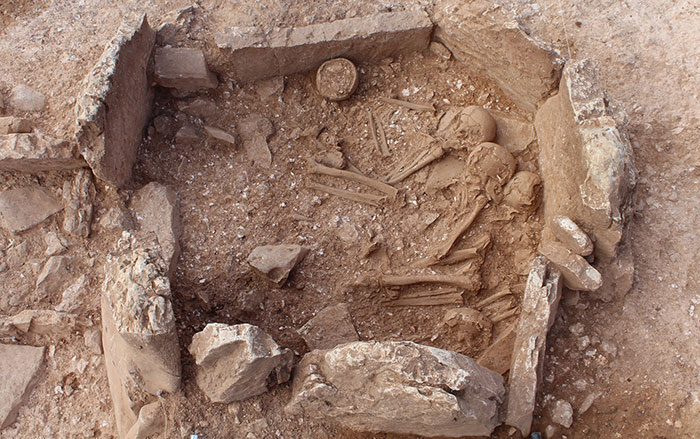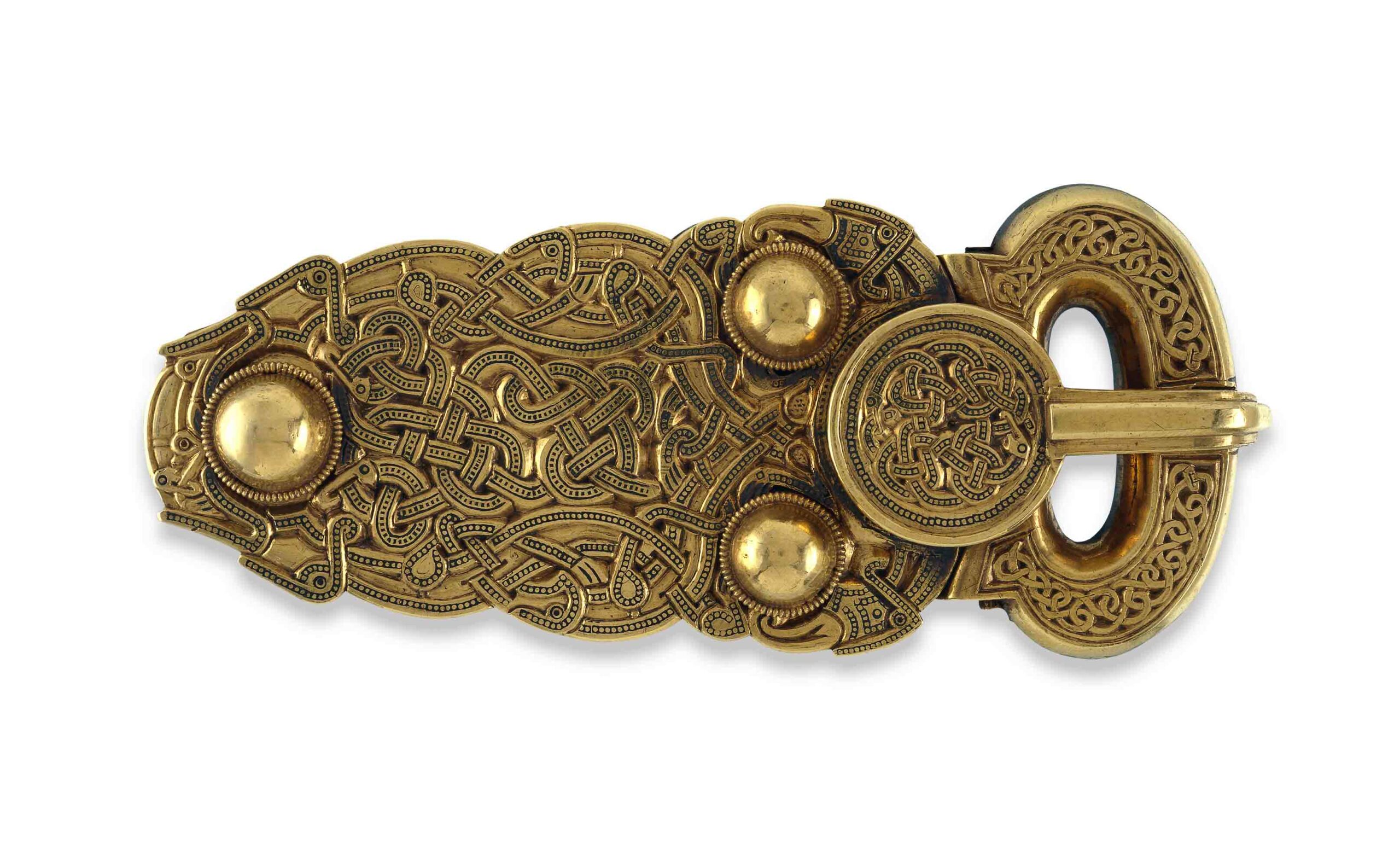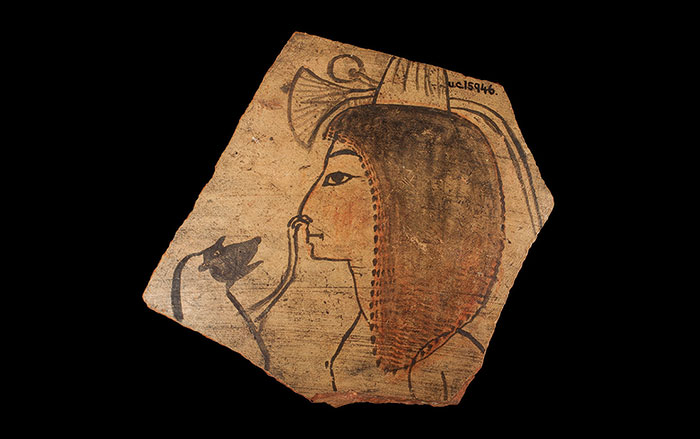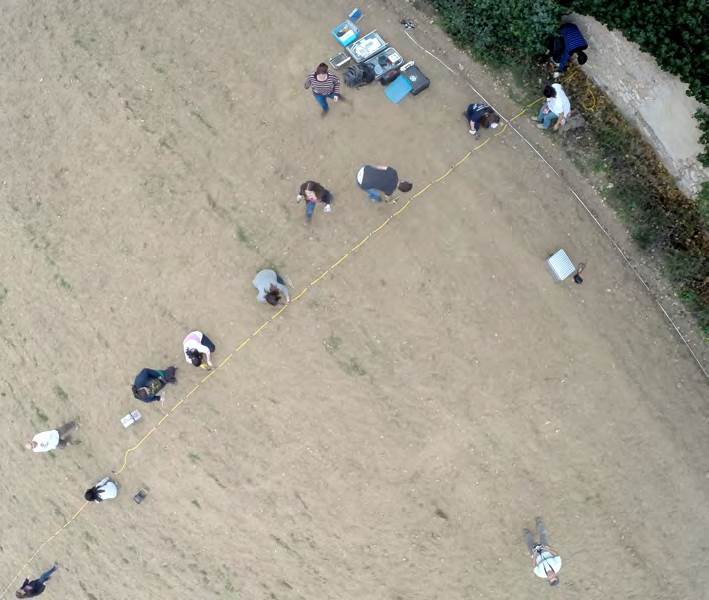
BARCELONA, SPAIN—Students led by Jaume Noguera of the University of Barcelona and Jordi López of the Catalan Institute of Classical Archaeology were attempting to reconstruct the route traveled by Carthaginian troops through northeastern Spain when they discovered a 2,200-year-old moat with electrical resistivity tomography. The moat may have been built to defend the town of Vilar del Valls, which is thought to have been destroyed during the Second Punic War, when Roman troops defeated Carthaginian troops left in Iberia by Hannibal to protect his supply route to Italy. Carthaginian coins and lead projectiles also point to the presence of the Carthaginians in the region. The project will continue to survey the area to find the rest of the ancient town of Vilar del Valls. To read more about warfare in this period, see "Abandoned Anchors From Punic Wars."


